Do you know how to make kefir? Do you know what it is? If you said it is like yogurt, you would be right - in a way. When it comes to probiotic content, kefir is like yogurt on steroids!
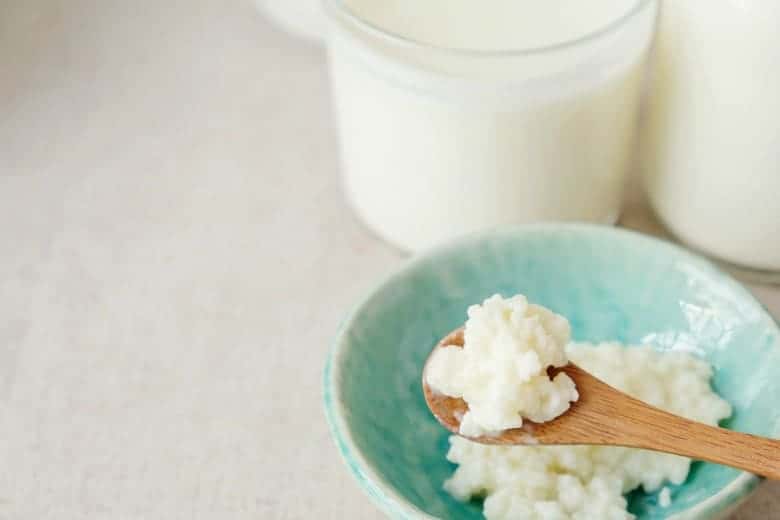
This is just one of the recipes included in my Simple Cheesemaking ebook. Follow the link to find more wonderful cheese recipes with easy to follow instructions and much more!
You may be familiar with how to make yogurt with my yogurt recipe that does not require a yogurt maker. Well, I have found something better and easier - homemade milk kefir!
While most people are familiar with yogurt, an even more potent probiotic drink is kefir. The nutritional powerhouse of it cannot be understated!
According to Wikipedia:
Probiotic bacteria found in kefir products include Lactobacillus acidophilus, Bifidobacterium bifidum, Streptococcus thermophilus, Lactobacillus delbrueckii subsp. bulgaricus, Lactobacillus helveticus, Lactobacillus kefiranofaciens, Lactococcus lactis, and Leuconostoc species.
Lactobacilli in kefir may exist in concentrations varying from approximately 1 million to 1 billion colony-forming units per milliliter and are the bacteria responsible for the synthesis of the polysaccharide kefiran.
How to Make Kefir
Video Resources
These are the links for the items you see me using in the video. I love seeing what others are using and why they like it. These links will take you to Amazon and other companies that I trust and personally use.
- Kefir Grains - The easiest way to get grains is from a friend who is already making kefir. But, if you don't have anyone you can order them and they come dehydrated with instructions to re-hydrate. I have used all the different brands of kefir grains on this page with success. Just make sure when you order that you get the grains needed for milk.
- Strainer - This set of nylon mesh strainers is great, especially since it comes in different sizes.
- Berry Bowl Colander - This is the berry bowl colander that you see me using - it is amazing how many times I use it!
- Jars - I love these ½ gallon wide mouth jars and the plastic lids. In fact, I store so many different things in them they are all over my kitchen and pantry! If you do not need such large jars, the quart wide mouth work great and the same plastic lids fit them too.
- Polish Pottery Batter Bowl - I bought most of my Polish Pottery when we lived in Switzerland but have added to my collection here. The easiest way to find what you want is to check periodically for the pattern you are looking for.
Kefir Recipe Step by Step Photo Tutorial
Put the kefir grains in a 1 qt mason jar and pour whole milk over the grains leaving about 1 inch space at the top of the jar. (Photo 1)
Stir the milk and grains and cover loosely. (Not shown)
Leave in a warm place for 12 - 24 hrs. - depending on the taste you prefer.
Pour the kefir through a strainer into another jar catching the grains in the strainer. If it has separated and there is a bit of liquid on the bottom, I shake it before straining. Photo 2
Place kefir grains into a clean jar and cover with milk to repeat the process. Photo 3
Drink alone or make a smoothie - Enjoy! Photo 4
Characteristics of Kefir
- it has even more probiotic potential than yogurt - it is like yogurt on steroids! While yogurt normally has 5 - 7 strains of bacteria, kefir has 50+ strains of beneficial bacteria to nourish your body.
- The grains, which look like little cauliflower pieces, are needed to make kefir. The grains are a mix of yeast and bacteria living in a symbiotic relationship.
- If you have a friend that makes it - get in touch. Since the grains multiply, it is very easy to obtain them from someone who has them. Otherwise, they are available online.
- Kefir is not as thick as yogurt. You can drink it plain but also makes a wonderful smoothie.
- While used alone, it has a twang to it, it is delicious with a few additions. When blended with fruit and honey it is difficult to tell the difference between it and a smoothie made with yogurt. So, whether you have it plain or as a smoothie, it is a refreshing probiotic drink.
How do I work with Kefir Grains?
If properly cared for, your grains should last indefinitely. If you need a break from making it, the grains may be rinsed and refrigerated in non-chlorinated water (chlorine kills them).
I have even read that freezing for future use is possible but have not tried it.
Like most things, homemade kefir is tastier and more economical than its store-bought counterpart.
With homemade, you are able to get the taste you prefer. This is because the twang (or tartness) is determined by the length of time you leave the grains in the milk.
Coconut Milk Kefir
Milk kefir grains may also be used to make coconut milk kefir.
Follow the same procedure as shown in the video just be sure to revitalize the grains in dairy milk for 24 hours every few weeks to maintain their health.
Watch the video yourself to see just how easy kefir is to make - below the video is a resource section of the things you see me use in the video and also the recipe.
A Few Notes About the Types of Milk
This part of the Wikipedia article inspired me to learn more about traditional kefir. I hope it'll do the same for you!
Kefir grains will ferment the milk from most mammals, and will continue to grow in such milk. Typical milks used include cow, goat, and sheep, each with varying organoleptic (flavor, aroma and texture) and nutritional qualities...
Kefir grains will also ferment milk substitutes such as soy milk, rice milk, and coconut milk, as well as other sugary liquids including fruit juice, coconut water, beer wort and ginger beer. However, the kefir grains may cease growing if the medium used does not contain all the growth factors required by the bacteria.
Milk sugar is not essential for the synthesis of the polysaccharide that makes up the grains (kefiran), and rice hydrolysate is a suitable alternative medium. Additionally, kefir grains will reproduce when fermenting soy milk, although they will change in appearance and size due to the differing proteins available to them.
Other Recipes to Try:
As I said earlier, we use kefir now daily and here are a couple of my favorite recipes:
If you’ve tried this Kefir recipe or any other recipe on Cultured Palate please take a minute to rate the recipe and leave a comment letting me know how you liked it. I love hearing from you! You can also FOLLOW ME on PINTEREST, FACEBOOK, INSTAGRAM, YouTube and TWITTER
📋 Recipe
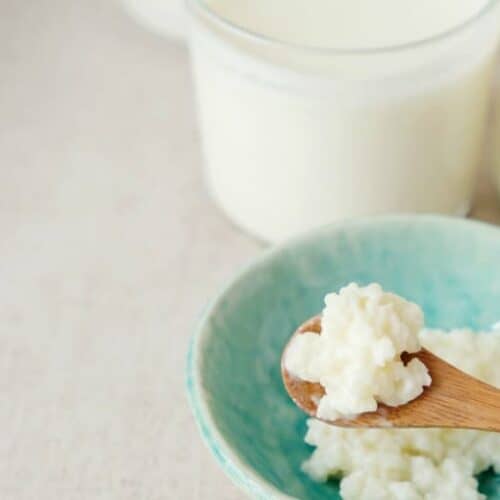
How to Make Kefir - Kefir Recipe
Ingredients
- 4 cups whole milk we use raw milk from our family milk cow
- 2 - 4 tablespoon kefir grains
Other items needed:
- 1 qt mason jar
- Lid or cheesecloth to cover jar loosely
- Mesh strainer
- Spatula or plastic spoon
Instructions
-
Put the kefir grains in a 1 qt mason jar.
-
Pour whole milk over the grains leaving about 1 inch space at the top of the jar.
-
Stir the milk and grains and cover loosely.
-
Leave in a warm place for 12 - 24 hrs. - depending on the taste you prefer. The kefir grains culture the milk and the longer it is left the tangier it will become. I leave mine on the kitchen counter for 24 hours. If it has separated and there is a bit of liquid on the bottom, I shake it before straining.
-
Pour the kefir through a strainer into another jar catching the grains in the strainer.
-
Refrigerate and enjoy.
Notes
Have You Tried It? Was It Easy or Hard?
Share Your Experience in the Comments!

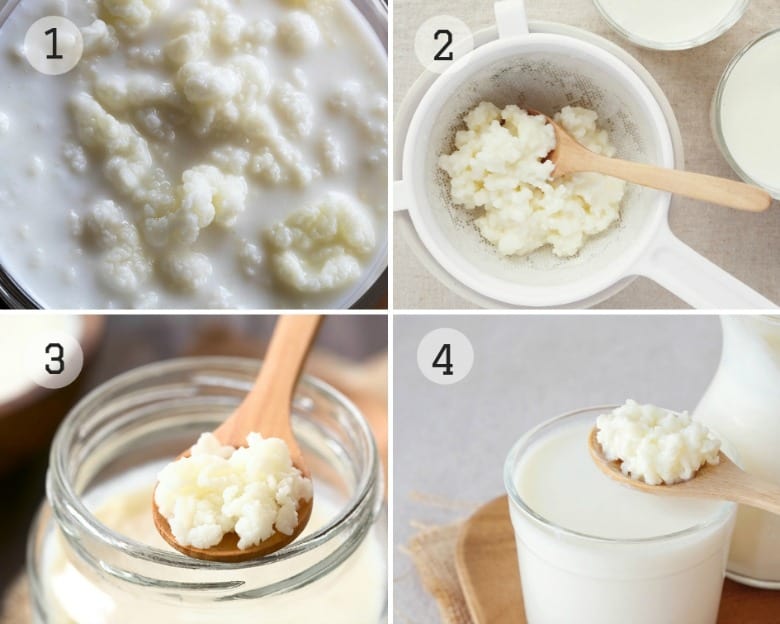
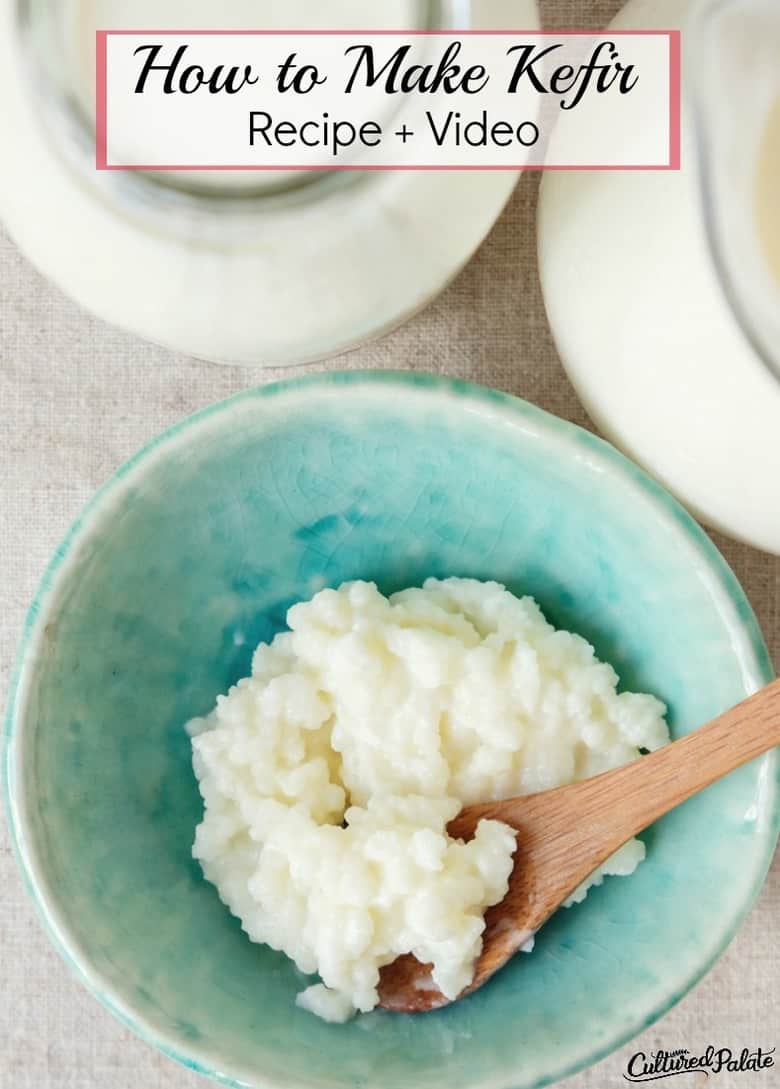
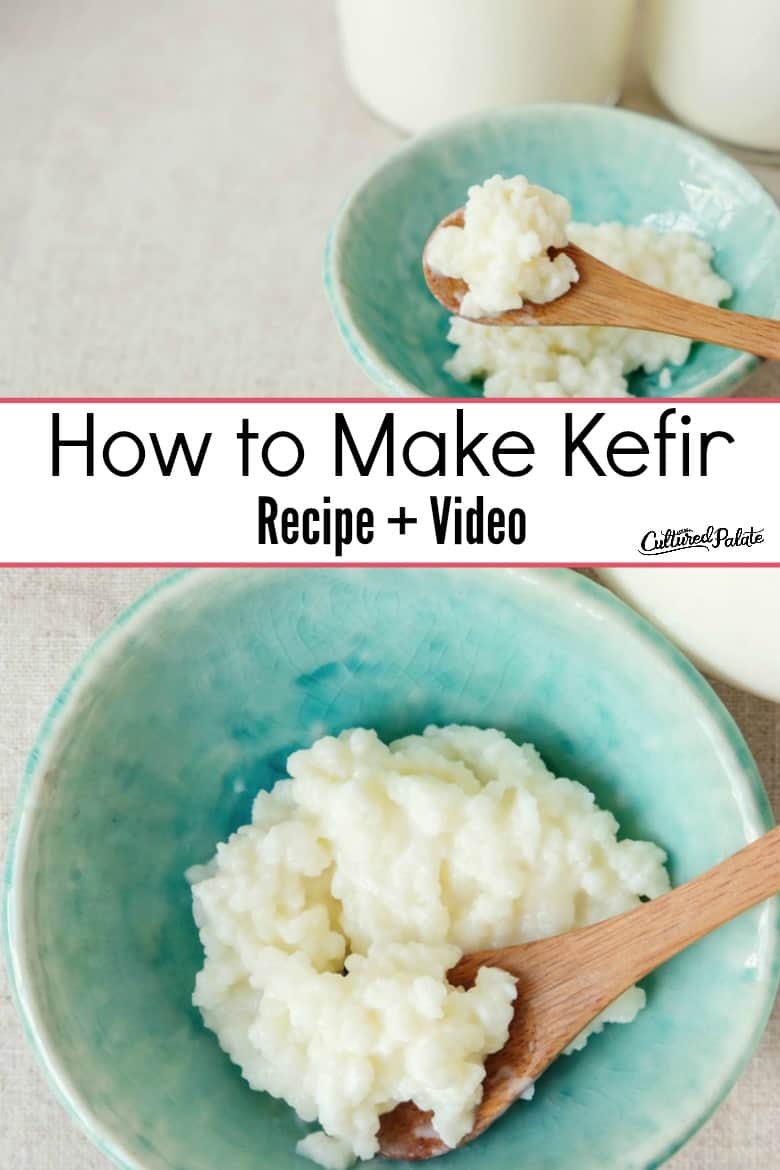
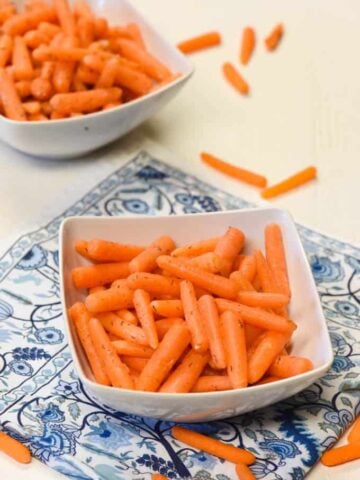
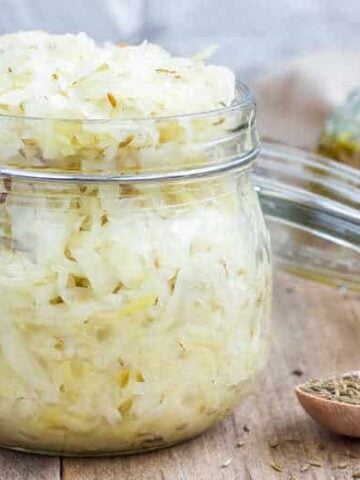
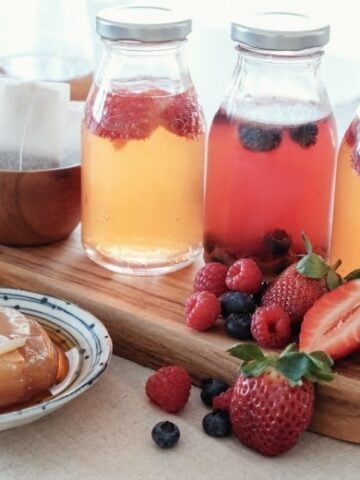
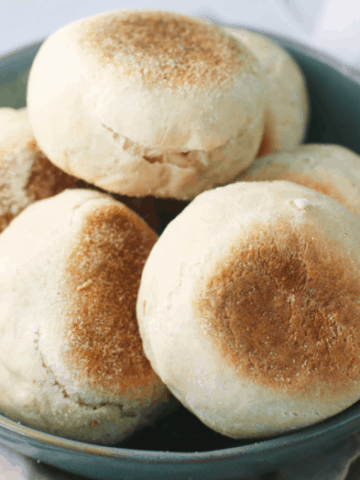
Marci says
I have enjoyed "getting to know you" online. I watched the video above and it makes me wish we lived closer in real life. :) We too have a family cow, Buttercup. I love your Polish pottery dishes as well. Thanks for all the good information you put out there.
Anna@Green Talk says
Is there a way to make kefir without milk? I have dairy issues.
Dina-Marie says
Anna, here is a link for a recipe for coconut milk kefir http://www.culturesforhealth.com/coconut-milk-kefir-recipe
I hope this helps!
Shelley says
I really like your Polish Pottery. I was wondering if I could use some grains that I bought to make water Kefir to make the whole milk Kefir?
Dina-Marie says
Thanks, Shelley, I bought almost all of my polish pottery when we lived in Switzerland and have never grown tired of it! The grains are different. Maybe you can find a friend that would give you grains. Otherwise, here is my affiliate link to help http://amzn.to/1EyK65w